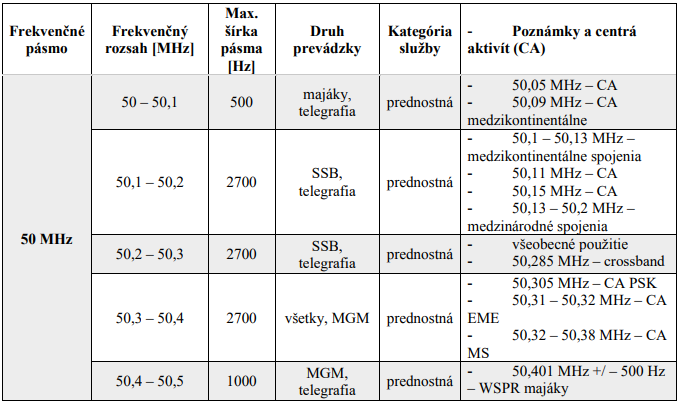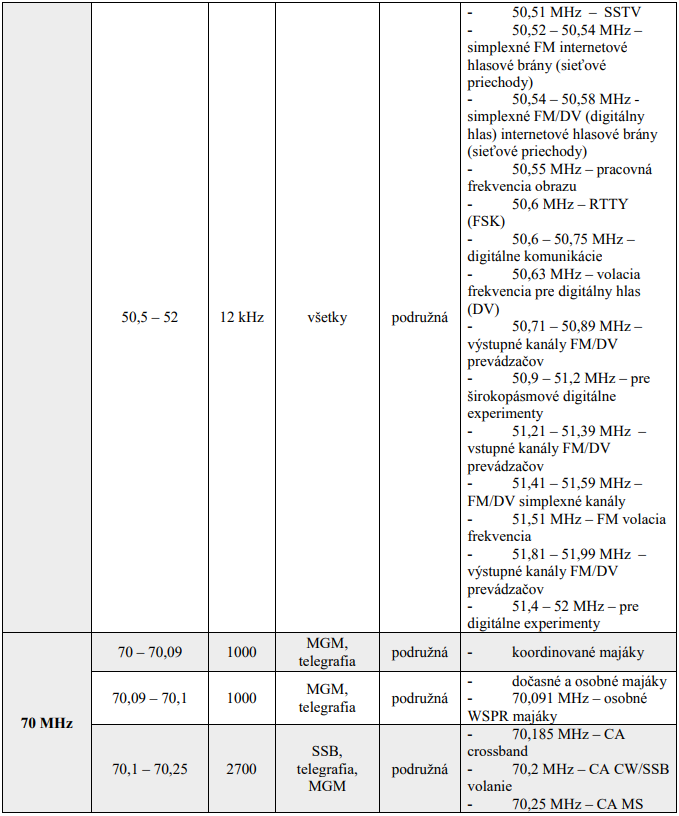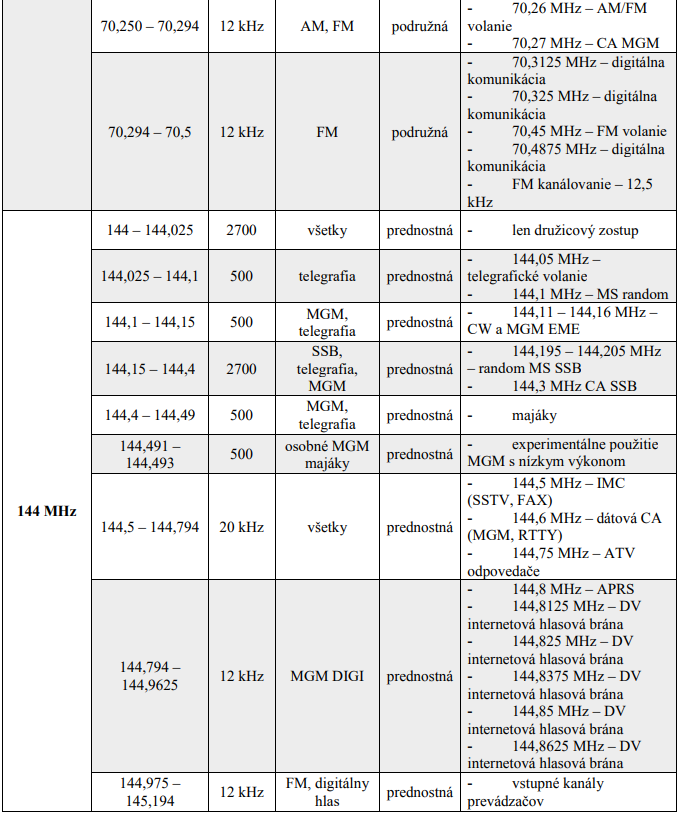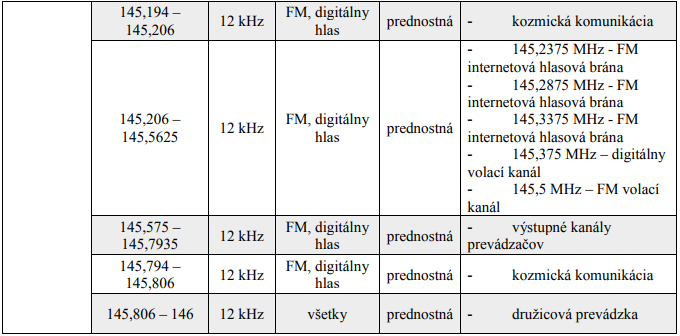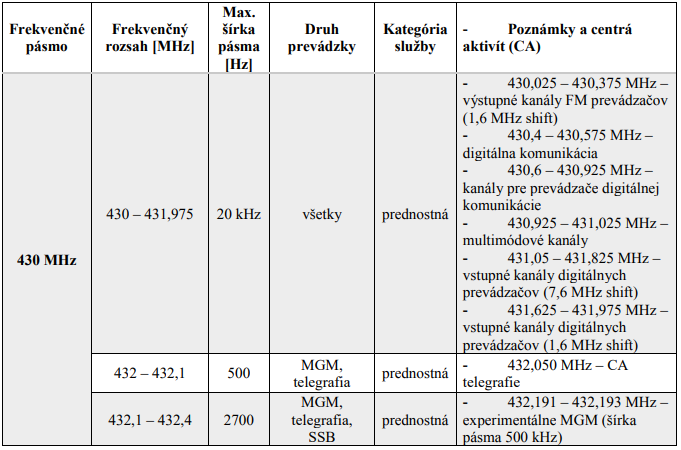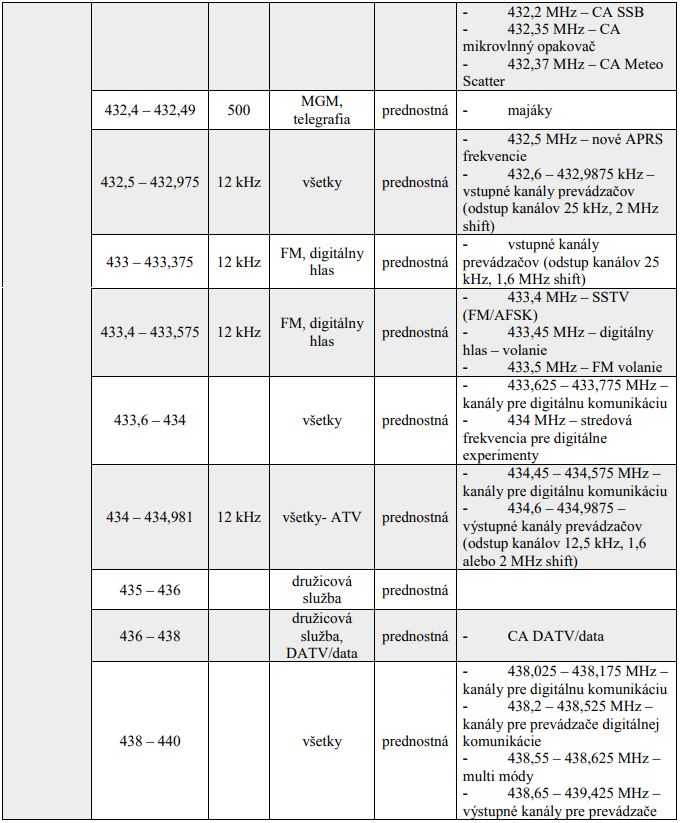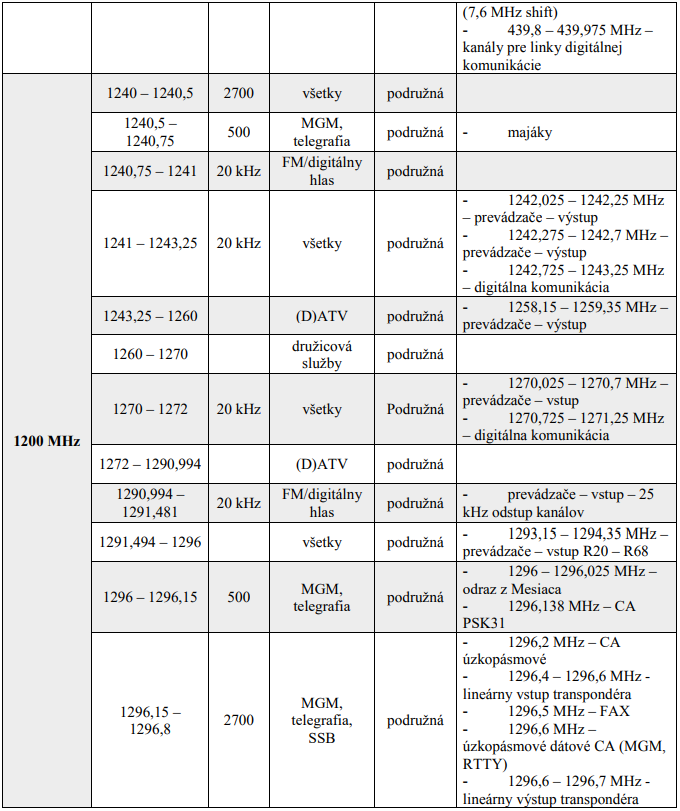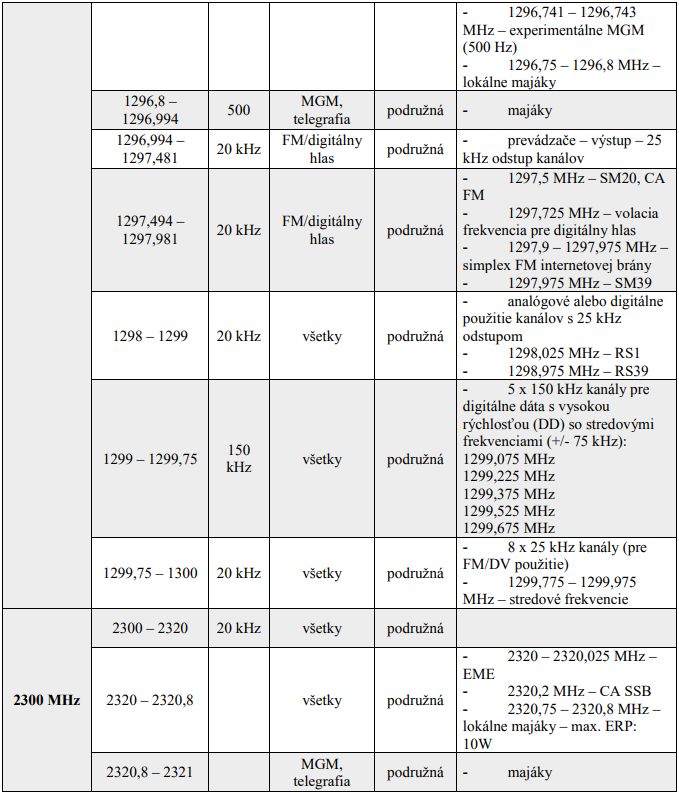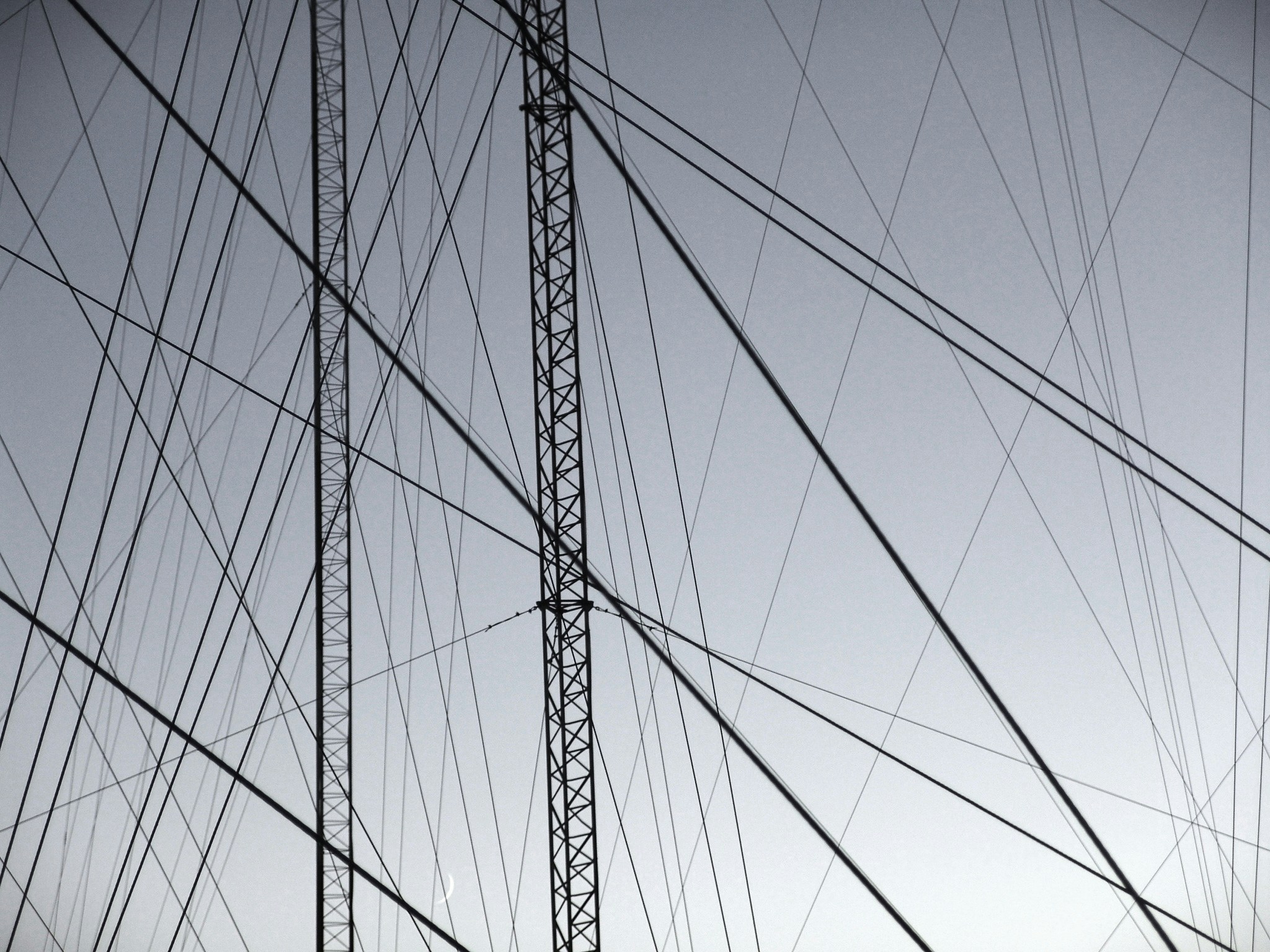Rádioamatérske frekvencie sú špecifické pásma v elektromagnetickom spektre, ktoré sú medzinárodne pridelené na nekomerčné využitie rádioamatérmi. Tieto frekvencie umožňujú nadšencov komunikovať, experimentovať a rozvíjať svoje technické zručnosti v oblasti rádiovej komunikácie. Rádioamatérska činnosť je regulovaná národnými telekomunikačnými úradmi v súlade s odporúčaniami Medzinárodnej telekomunikačnej únie (ITU).
Frekvenčné pásma a ich využitie

Rádioamatéri majú pridelené frekvencie v rôznych častiach spektra, od dlhých vĺn (LF) až po milimetrové vlny (EHF). Každé pásmo má svoje špecifiká a je vhodné na rôzne typy komunikácie:
- Nízkofrekvenčné a stredofrekvenčné pásma (LF a MF) (135 kHz – 1,8 MHz)
Tieto pásma sa vyznačujú dlhým dosahom, najmä v noci. Medzi známe pásma patrí 160 m (1,8–2,0 MHz), využívané na nočnú komunikáciu a experimenty. - Vysokofrekvenčné pásma (HF, resp.KV) (3 – 30 MHz)
HF pásma sú populárne pre medzinárodnú komunikáciu, pretože ionosféra umožňuje odraz signálu na veľké vzdialenosti. Sem patria napríklad pásma 80 m (3,5–3,8 MHz), 40 m (7,0–7,2 MHz), 20 m (14,0–14,35 MHz) a 10 m (28,0–29,7 MHz), ktoré ponúkajú rôzne podmienky šírenia. - VHF a UHF pásma (VKV) (30 MHz – 3 GHz)
Tieto pásma zahŕňajú 2 m (144–146 MHz) a 70 cm (430–440 MHz), ktoré sú populárne na lokálnu komunikáciu a spojenia cez prevádzače. V pásme 1,2 GHz a vyššie sa realizujú digitálne prenosy a spojenia cez satelity. - Mikrovlnné a milimetrové pásma (3 GHz a vyššie)
Používajú sa na experimentálne spojenia, satelitnú komunikáciu a výskum šírenia vĺn.
Použitie a predpisy
Rádioamatérske frekvencie sa využívajú na hlasovú komunikáciu (SSB, FM), digitálne módy (FT8, RTTY, PSK31) a telegrafiu (CW). Licencovaní rádioamatéri musia dodržiavať predpisy o výkonových obmedzeniach a povolených pásmach, pričom frekvencie sú prísne regulované.
Rádioamatérske frekvencie zohrávajú dôležitú úlohu v núdzovej komunikácii, vedeckom výskume a technologických inováciách.
KV rádioamatérske frekvencie
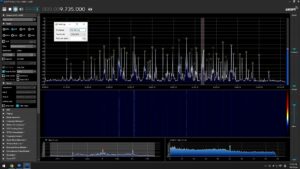
Krátkovlnné (KV) rádioamatérske frekvencie ponúkajú možnosť počúvať spojenia z celého sveta vďaka odrazom signálu od ionosféry. Na príjem týchto frekvencií potrebujete krátkovlnný prijímač s rozsahom od 1,8 do 30 MHz a vhodnú anténu, napríklad drôtovú dipólovú alebo aktívnu slučkovú anténu.
Najlepšie časy na počúvanie závisia od denného cyklu – v noci sú aktívnejšie nižšie pásma (160 m, 80 m, 40 m), cez deň vyššie (20 m, 15 m, 10 m). Zaujímavé sú aj digitálne módy ako FT8 či RTTY, ktoré možno dekódovať pomocou softvéru ako WSJT-X.
Pre lepší príjem sa odporúča počúvať mimo mestského rušenia a používať filtračné obvody. Frekvencie a podmienky šírenia sa menia, preto je dobré sledovať správy o šírení vĺn.
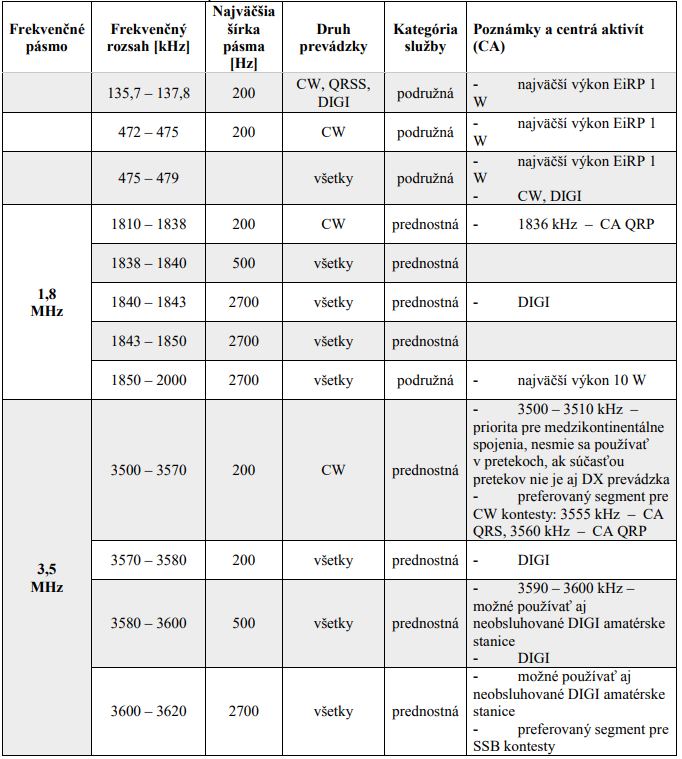
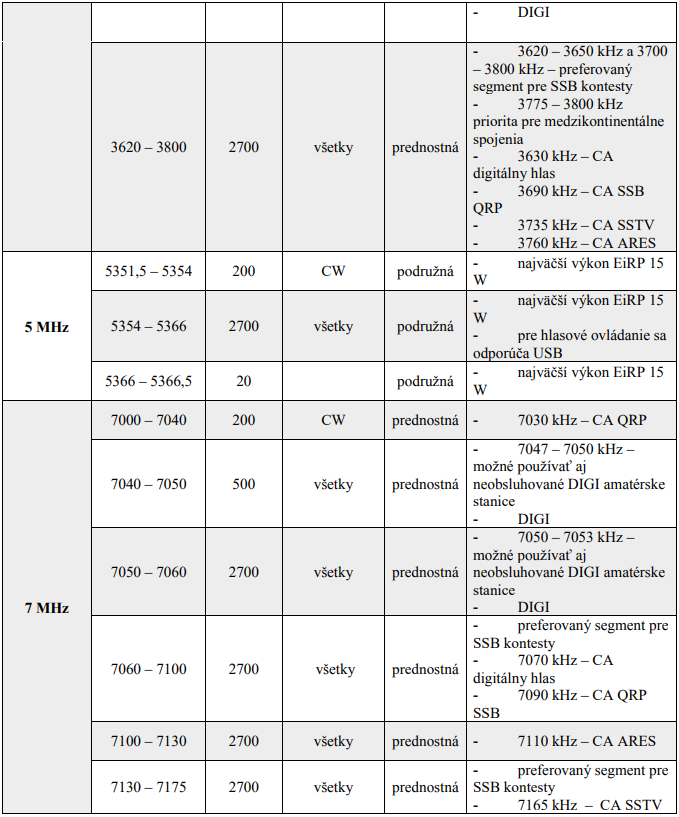
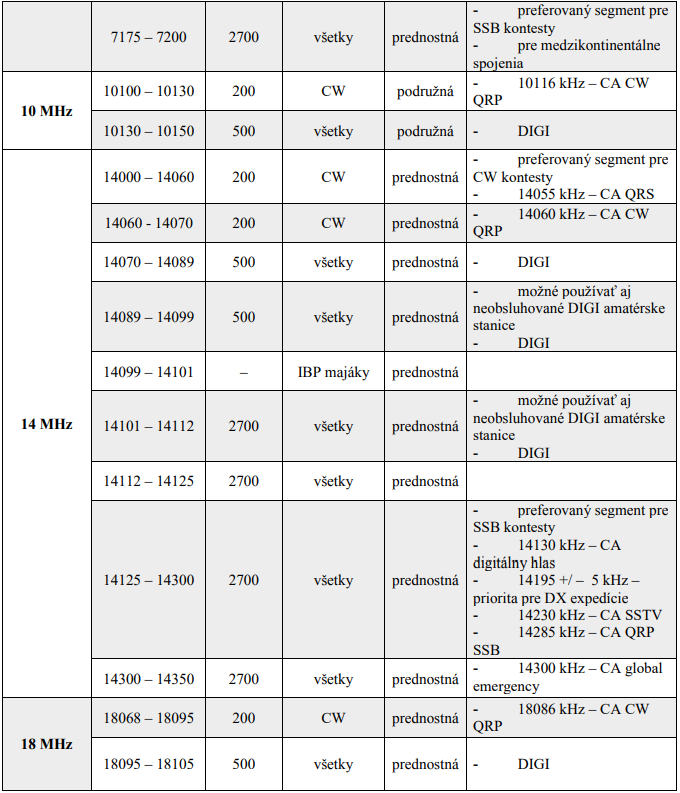
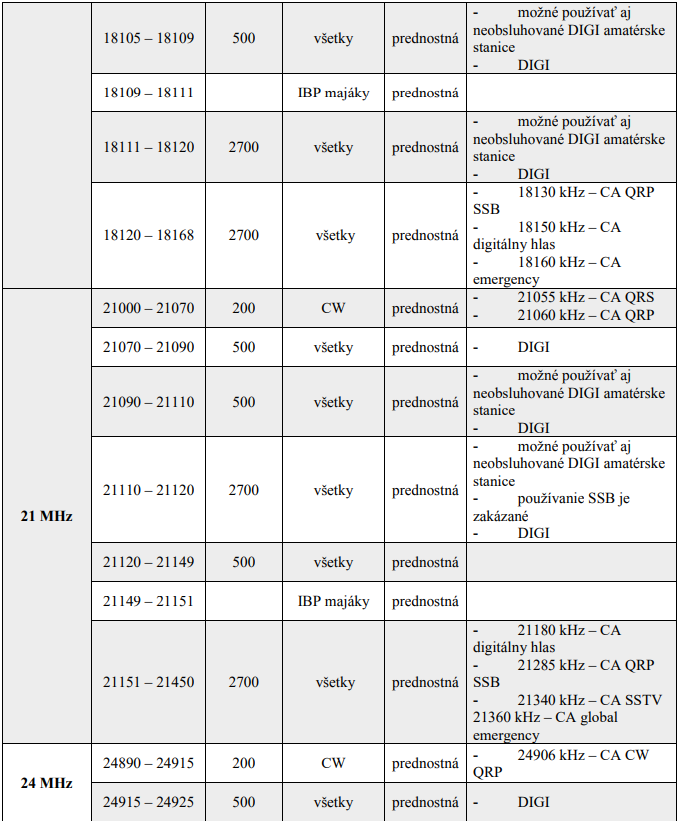
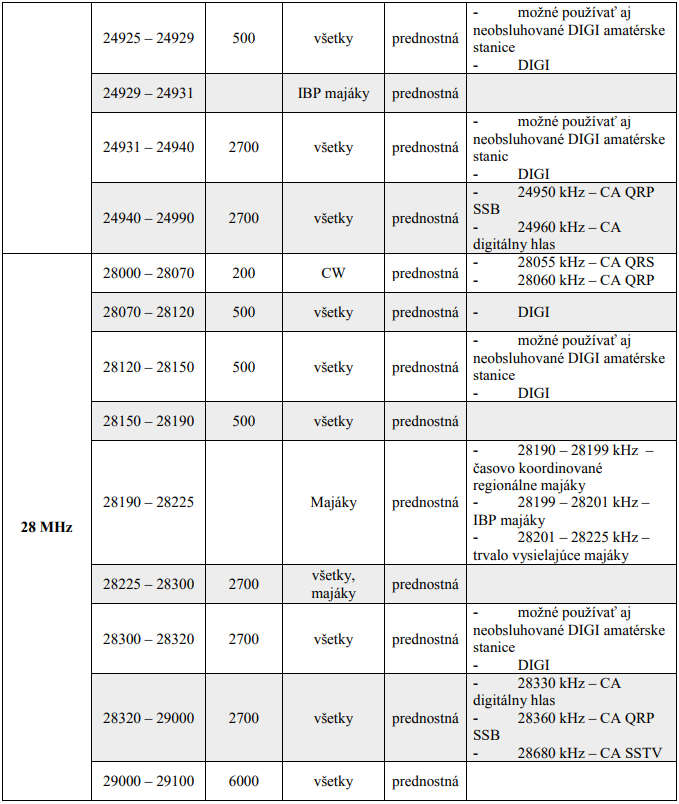
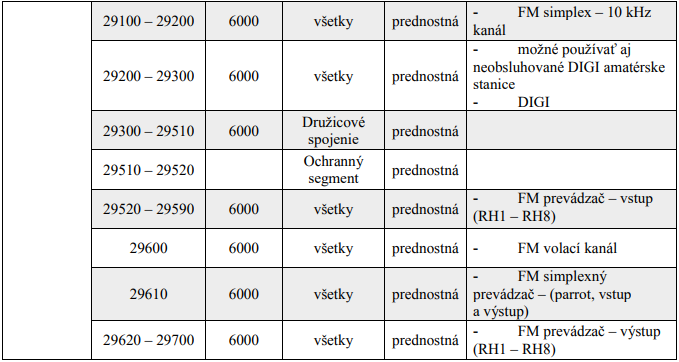
VKV rádioamatérske frekvencie
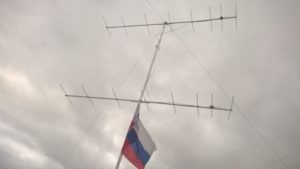
Vysokofrekvenčné (VKV) rádioamatérske pásma ponúkajú široké možnosti pre poslucháčov aj rádioamatérov. Medzi najpoužívanejšie pásma patria 2 m (144–146 MHz) a 70 cm (430–440 MHz), ktoré sa využívajú na lokálnu komunikáciu, spojenia cez opakovače a satelitné prevádzky.
Na príjem VKV signálov môžete použiť skener, SDR prijímač (Software Defined Radio) alebo bežný rádioamatérsky transceiver. Najlepší príjem dosiahnete s externou anténou, napríklad vertikálnou alebo yagi anténou.
Pre počúvanie je vhodné poznať frekvencie lokálnych opakovačov, ktoré umožňujú lepší signál aj na veľké vzdialenosti. Informácie o aktívnych frekvenciách nájdete v rádioamatérskych databázach alebo na webe miestnych rádioamatérskych klubov.
Sledovanie VKV pásiem je skvelým spôsobom, ako sa oboznámiť s rádioamatérskou prevádzkou a naučiť sa viac o šírení rádiových vĺn.

